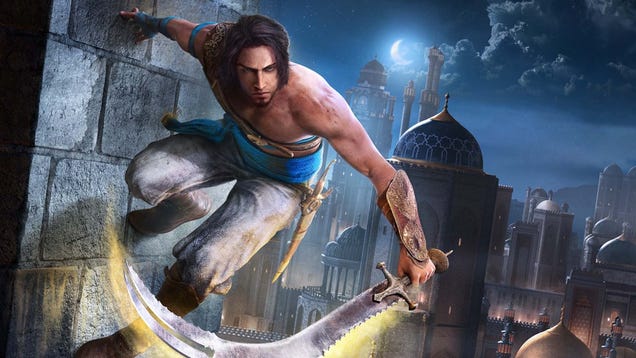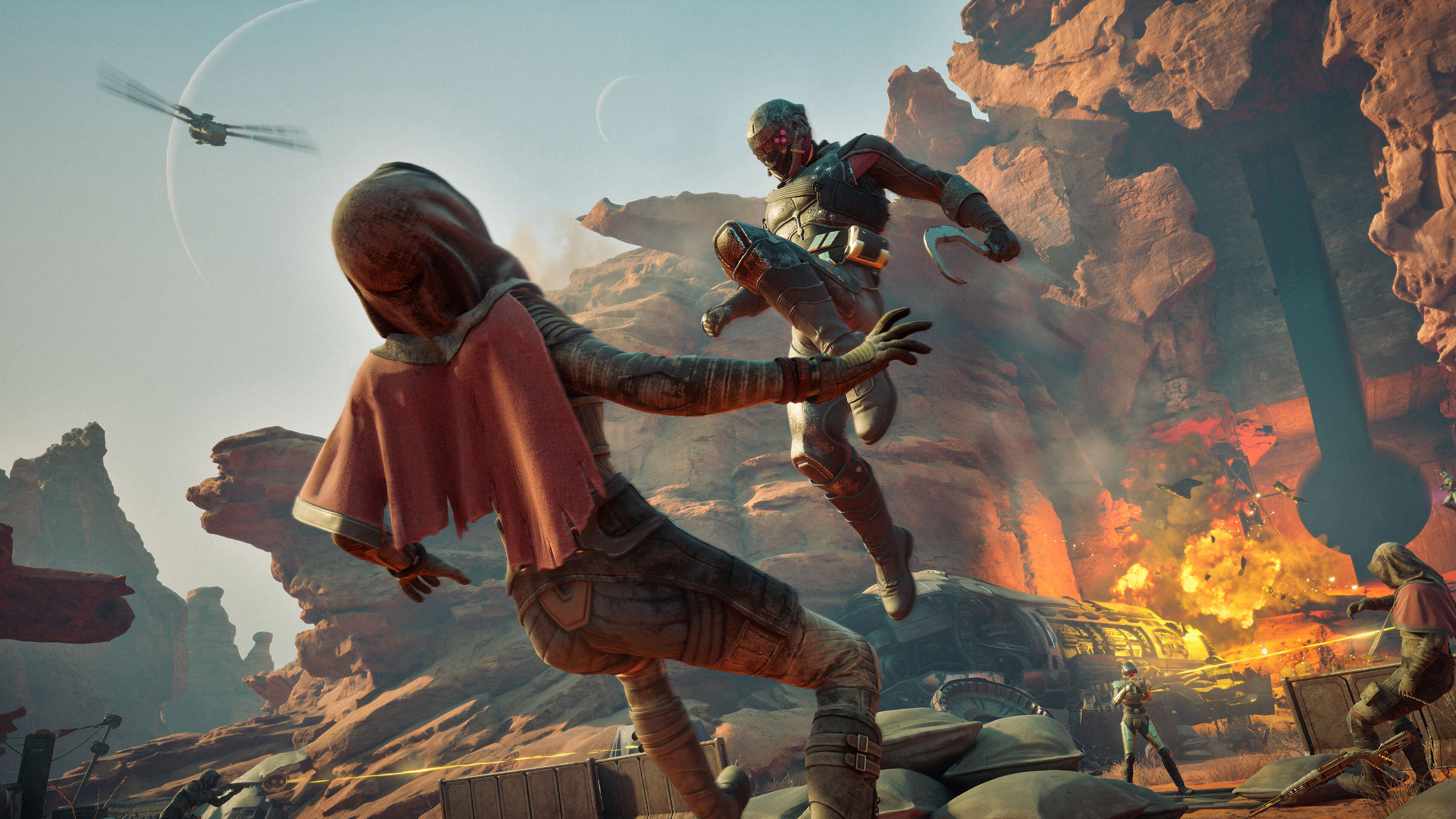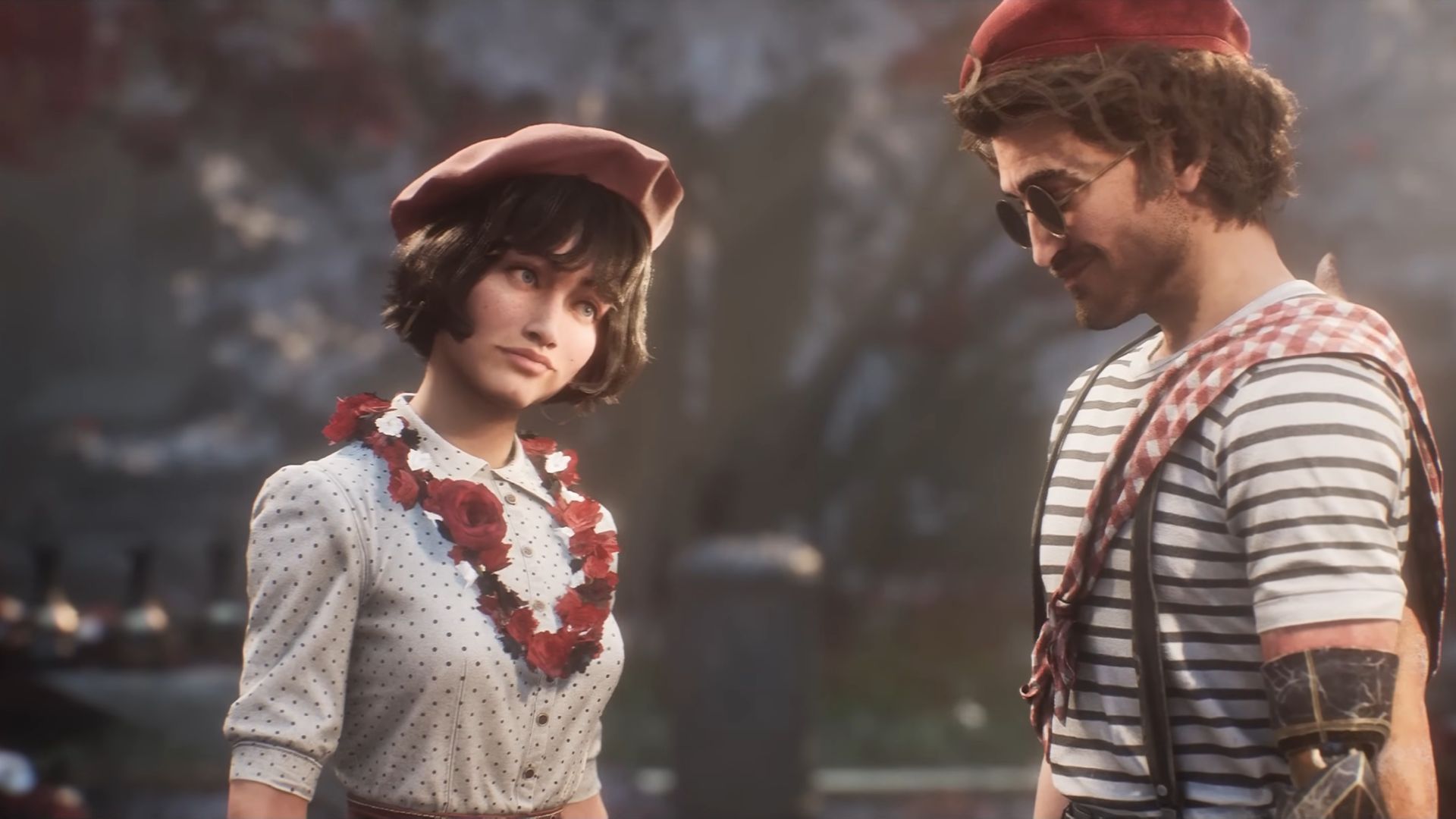
Note: This review covers only the single-player modes of Company of Heroes 3. The multiplayer review will follow shortly after launch.
Writing this review hurt my feelings. The Company of Heroes series is near and dear to my heart – all three of them are real-time strategy games that cut to the core of the genre, focusing on overarching strategic decisions coupled with tactical troop movements and a battlefield that truly matters. I’m pleased to say that Company of Heroes 3 implements those series fundamentals quite well in a gentle remix that brings the series to diverse theaters of World War 2 that it hadn’t touched yet. What I’m very displeased about is that the ambitious Italian campaign mode is incredibly disappointing. While individual missions and scenarios within the strategic sandbox are strong and even thrilling at times, almost every feature on the strategic map doesn’t work, either because it’s bugged or because it’s such middle-of-the-road game design that it’s simply boring.
There are actually two single-player campaigns in CoH3. The larger one is the Italian Campaign, a broad, turn-based strategic mode on a large map of central and southern Italy that has you capture territory town by town, and took me about 25 hours to complete the first time around. It has theoretically complex systems in which your armies – called companies (with heroes in them) – capture towns and ports using deployable air power and naval fleet movements, and build emplacements to defend territory or provide offensive bonuses in battles. It’s all very visually similar to the setup of the Total War series.
Actual battles that break out when two companies collide or you invade a town are the highpoint: They’re an exciting mixture of skirmishes with dynamic, interjected bonus objectives, shifting modifiers like a fixed force of starting units or specific enemy troops you need to counter. You might be given a small group of units cut off from the vanguard as it defends a position, or thrown into a normal-looking skirmish where the enemy has a number of extra troops and pre-fortified positions on the map. It’s all really fun, and the scenarios are diverse enough that I never got bored with them – it’s always an interesting surprise when a column of damaged enemy armor suddenly appears, or a friendly plane goes down and needs rescuing.
Fixed missions are the good stuff we’re accustomed to from Company of Heroes campaigns.
Of course there are also fixed missions, a la a traditional RTS campaign, that happen when you attack certain towns or reach specific regions. These might have you command partisans, liberate a POW camp, or play out famous battles like the assault on Anzio and its railway guns. All of those are the good stuff we’re accustomed to from Company of Heroes campaigns, barring the somewhat-buggy and overblown finale map that seems to be more interested in big booms and making you defend nauseating chokepoints than anything tactically interesting.
Again, a lot of those missions are excellent, but the shine is taken off of them by the fact that they’re surrounded by the meaningless campaign layer. What initially seems to be a complex system of resource management, defensive emplacements, and company types with skill levels and support detachments ultimately has little impact on what’s happening when push comes to shove and you play a skirmish – and it’s not even clear if that’s because of poor game design choices or if it’s all bugged. I couldn’t always tell. Every decision on the campaign map is just so low-stakes that it just feels like a waste of time. Did your company take some damage from enemy defensive emplacements? That’s fine: every company can heal itself and still attack on the same turn – not that being damaged seems to have any bearing on what happens in a skirmish match anyway. Do I start with fewer troops? Lower resources? Fewer tickets? It doesn’t say and I couldn’t tell.
Every decision on the campaign map feels like a waste of time.
Even worse, the enemy’s companies and assets on the campaign layer are incredibly passive. On both medium and hardest difficulties they rarely – if ever – counterattacked me outside of clearly scripted moments. Otherwise they would happily sit in encircled territory as I took objective after objective around them, never making an effort to break out. I never once saw an enemy company attempt to conquer even a completely undefended town that was right there for the taking.
What We Said About Company of Heroes 2
Viewed side by side, it might be tough to distinguish Company of Heroes 2 from its predecessor. When examined up close, the changes introduced to distinguish warfare on the Eastern Front of World War II from the Western are as problematic as they are interesting. However, that comparison is to one of the finest real-time strategy games ever made, and being mostly as good as that makes this an excellent game on its own. Play the original first (it’s cheap) but Company of Heroes 2 satisfied my appetite for more. – Dan Stapleton, June 25, 2013
Score: 8.4
Read the full Company of Heroes 2 review
The Italian campaign simply doesn’t work as anything other than a miserable framework for delivering skirmishes and missions that the previous two games served up better. What may have been a triumphant and explosive RTS campaign is instead a massive dud.
What may have been a triumphant and explosive RTS campaign is instead a massive dud.
Much of that meaningless busywork would be forgivable, even fun, if the Italian campaign experiment worked as intended. However, it does not. Unit movements and especially aircraft are very strange on the map, often doing immediate and strange turn-in-place movement that’s jarring in a series with otherwise very close emphasis on how things look in motion. And that’s on top of the fact that the interface in general is confusing and lacks visual flair.
Yes, I said there are two campaigns, so all is not lost… yet. The other is North Africa, a more story-driven and traditional, if short, series of eight scenarios that takes about six hours to beat. Against the overwhelming failure of the Italian campaign, this second one is left in a strange place.
You play as Rommel’s Afrika Korps, fighting marquee battles from the Germans’ very successful campaigns of 1941 and 1942. What’s odd is that, interleaved with those scenarios, is the story of the war as narrated by a North African Jewish family that has been split apart by the German-Italian invasion and conquest, showing how Nazi and Fascisti occupation so devastated those communities that they barely exist today. These are two interesting stories, but the way they’re presented alongside each other doesn’t work. The juxtaposition is poorly handled, failing to show the context of how action in one affects the other. It’d be neat as a bite-size prelude to the Italian Campaign, but the story falls flat as anything other than some pretty animatics and a series of decent RTS scenarios.
If you ignore all of that story and campaign context, which you might, the scenario and map design in both North Africa and Italy are actually quite good. The maps consistently present fun situations that understand how maneuver is at the heart of Company of Heroes firefights. It’s so much fun to maneuver units from place to place, with infantry vaulting over obstacles or diving for cover as vehicles struggle to navigate cramped roadways or tanks smash through walls and buildings.
The Italian maps are particularly great.
The Italian maps are particularly great, emphasizing gaining elevation over enemies and forcing the fighting to alternate between fields and winding, tight urban environments unlike anything the series has done so far. In fact, this may well be the best urban combat I’ve ever seen in an RTS, and the map design is a key part of that in both campaigns. Italian maps almost always have a mix of hills, streams, broad vineyards, and dense villages or towns. North African maps alternate desolate landscape with rocky ridges, wide valleys, and small, densely packed settlements. The play and counter-play of diverse tactical options is superb: when up against a strong, garrisoned building you can use mortars, grenades, smoke, or even direct a close-quarters assault by some infantry units to flush out enemies. You can have units go into buildings not just as a garrison, but through them – in one door and out the other – to outflank enemy positions. The tactical options it opens up made me think about engagements in new ways.
Unfortunately the AI just isn’t up to the task of fighting these battles in a convincing manner. To its credit, it sometimes makes what seem to be clever plays with infantry maneuvering, and it does use all the tools available to it – up to and including building assaults and movement through tight areas. Those are the exception, however, and even on the hardest difficulties the AI is very clearly propped up by artificial bonuses and boosted veterancy levels for its units rather than fighting any smarter. It’s especially disappointing in armored combat, where the AI will blissfully charge superior forces into the maw of deadly guns rather than adopt safe positions for an easy win in an exchange of fire. Those victories never feel earned.
The AI just isn’t up to the task of fighting these battles in a convincing manner.
Sound, always a series high-point, is still quite good in Company of Heroes 3. It has some of the best unit chatter and voice lines in the series on the Allied side: The blended Canadian-American SSF Commandos are fun in action, as are the appropriately overpowered and suicidally brave Gurkha riflemen. In contrast, the German voices are rather blandly written and disappointingly acted, more stereotype than characterful dialogue. The crack of rifles and chatter of machine guns is rousing, as is the thrum of tank engines… but something about the burst of grenades and the firing of the biggest guns lacks the deafening, big-budget Hollywood war movie energy I associate with Company of Heroes and CoH 2. The soundtrack gets the job done but isn’t a big attraction – I have no major critique other than that it fades into the background rather than uplifts the action.
If the campaigns don’t speak to you, as they did not for me, there’s naturally also the skirmish mode. This is your classic RTS set of maps and matchups ranging from 1v1 to 4v4, and uses the same cornucopia of four well-designed factions and 14 maps as multiplayer.
Speaking of which, CoH3’s four skirmish factions stand out as a remix of, and set of highlights from, the series’ past. For example, the focus of the campaigns being earlier in the war leaves some tanks out entirely, like the ubiquitous Panther and infamous King Tiger, and draws in some famous early-war vehicles like the dual-gunned Grant tank and Panzer III. Americans are fast-moving and aggressive, inspired by the first Company of Heroes. The British forces are a diverse set of straightforward unit types, unlike their prior incarnations as the complex faction, and have surprise appearances by some exceptional elite units. The regular German Wehrmacht is just as defensive-minded and tough as ever, but this incarnation is notably absent their heaviest vehicles, instead emphasizing diverse combined arms. Finally, the Deutsches Afrikakorps is a mobile, focused force that can both call in specialized Italian allies and transition to a hard hitting armored fist late-game.
Each of the factions has three sub-specializations giving it an alternate flavor – the British, for example, can specialize into an armored company with extra-heavy tanks or an Indian artillery regiment supported by elite Gurkha rifles. Most notably, the work of diversifying how factions spend their resources is a marked improvement from CoH2, allowing playstyles like infantry to spend their Fuel resources on upgrades rather than vehicles.
It’s a bit annoying that there’s no way to experience the unique faction designs, scenarios, and abilities of the campaign armies on-demand. You can’t even play a specific North Africa scenario without the whole campaign, let alone pluck a special skirmish type or fixed scenario from the Italian campaign. Those are puzzling exclusions.
Unfortunately, no matter how you play you’re likely to be hampered by an uncharacteristic lack of polish and attention to detail. For every beautifully animated infantryman vaulting over a wall there’s an absolutely goofy-looking glow around a repairing tank. For every tank juddering over uneven ground or dynamically weathered in combat there’s a weirdly boxy model with subpar textures. Looking back at the quality of the first two games it’s just jarring to see. I’m not mad, Company of Heroes – I’m just disappointed.






